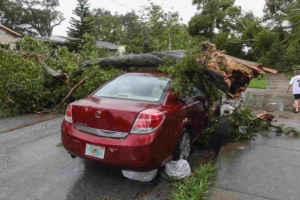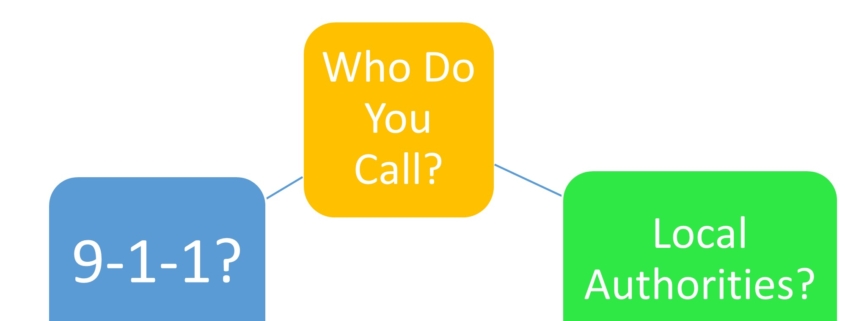When to Dial 9-1-1 & When to Contact Local Authorities
Knowing when and how to contact 9-1-1 and when to contact the authorities is a daunting task sometimes. 9-1-1 is ingrained in our consciousness, but understanding when to dial it versus reaching out to local authorities is a decision that requires thoughtful consideration during a stressful situation. This article explores what constitutes an emergency, how to determine the severity of a situation, and whether it’s advisable to call even when uncertain.
Before we begin: If you do not have programmed into your phone or written on your emergency contact list the phone number of your local authorities (ex: for me that is the Cochrane RCMP dispatch), pause and do that now. :)
Understanding 9-1-1:
Origin:
The concept of a single, easy-to-remember emergency number originated in the 1960s. The Federal Communications Commission (FCC) recommended the use of 9-1-1 as a nationwide emergency number, and in 1968, the first 9-1-1 call was made in Haleyville, Alabama. Over time the 9-1-1 system gained widespread adoption, becoming the primary means for individuals to request assistance during emergencies across North America and other countries.
Rule: Dial 9-1-1 when there is an immediate threat to life, property, or public safety.
- Examples include accidents with injuries, violent crimes in progress, or medical emergencies.
 Reporting Crimes & Medical Emergencies:
Reporting Crimes & Medical Emergencies:
If a crime or accident has occurred but is not an immediate threat, contact your local authorities’ non-emergency line.
“Not an immediate threat” refers to situations where there is no imminent danger to life, property, or public safety, and a prompt emergency response is not required. These are scenarios that, while concerning or inconvenient, do not pose an immediate risk that demands urgent intervention. Here are some examples to illustrate “not an immediate threat”:
- Non-Violent Disputes: Arguments or disputes that do not involve physical violence or the threat of immediate harm.
- Minor Traffic Accidents without Injuries: Fender-benders or minor traffic accidents where there are no visible injuries and the vehicles are not blocking traffic may
- Noise Complaints: Loud parties or disturbances that are disruptive but do not involve violence or pose an immediate risk to safety.

- Property Crimes that Have Already Occurred: Crimes such as vandalism or theft that have already taken place and do not present an ongoing threat.
- Non-Urgent Medical Situations: Non-urgent medical issues or situations where medical attention is needed but not urgently but could seek medical advice via a medical practitioner or a hospital.
It’s important to use discretion and consider the context of each situation. If there is any doubt about whether a situation constitutes an immediate threat, it is advisable to err on the side of caution and call 9-1-1.
Determining an Emergency:
- Assess the level of immediate danger. If anyone’s life or well-being is at risk, call 9-1-1

- Assess how quickly a situation requires intervention
- Evaluate the nature of the incident. Is it a crime in progress, a medical emergency, or a situation that could escalate rapidly?
Conclusion:
Knowing when to call 9-1-1 versus reaching out to local authorities is a responsibility we all share. By understanding the nature of emergencies and calling for help, we contribute to the effective functioning of emergency response systems. Make informed decisions about when and how to seek help! Be safe



